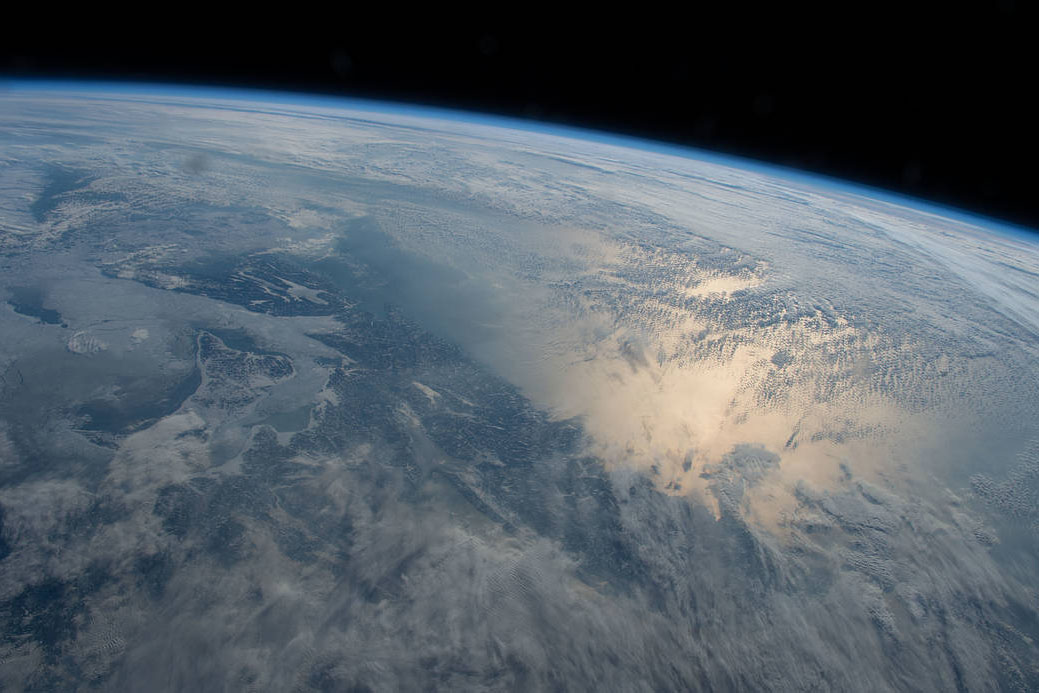Forests are often referred to as Earth's "green lungs," absorbing about 8 billion tonnes of carbon dioxide each year and playing a crucial role in regulating the planet's temperature. However, deforestation and degradation are releasing this stored carbon, worsening climate change. A key challenge is the lack of accurate data on how much carbon forests hold and how this is changing due to climate and land-use shifts. More specifically scientists refer to the 'biomass' relating to the total mass of living trees and vegetation, especially the woody parts where most carbon is stored.
 Earth from space with the green colours of forest regions visible (Credit : NASA)
Earth from space with the green colours of forest regions visible (Credit : NASA)
ESA's new Biomass satellite, using advanced P-band radar, can penetrate forest canopies to measure the woody biomass—key to estimating carbon storage. Its main goal is to reduce uncertainty in forest carbon estimates, especially related to land-use changes, forest loss, and regrowth. By providing detailed data on forest structure, biomass, and height, it improves understanding of forests' roles in the carbon cycle, biodiversity, and even subsurface geology and ice sheet structures.
"With Biomass, we are poised to gain vital new data on how much carbon is stored in the world's forests, helping to fill key gaps in our knowledge of the carbon cycle and, ultimately, Earth's climate system." Simonetta Cheli, ESA's Director of Earth Observation Programmes.
The groundbreaking satellite was launched aboard a Vega-C rocket from French Guiana on 29 April at 11:15 CEST. The Vega-C rocket, an upgraded member of the Vega family, can carry up to 3,300 kg into space, including scientific and Earth observation satellites. Standing 35 meters tall and weighing 210 tonnes at launch, it uses three solid-propellant stages to reach orbit, followed by a liquid-propellant fourth stage for precise satellite deployment.
In the coming days, controllers will carefully check that all systems on the satellite are working properly and carry out complex steps to unfold its 12-metre-wide antenna. Once complete, Biomass will become part of ESA's active satellite missions.
Biomass mission uses advanced radar technology to collect new data on forests, helping us better understand their role in the carbon cycle and climate. Its P-band radar is a type of low-frequency radar that operates in the 300 to 1000 MHz frequency range. Its longer wavelengths (about 30 to 100 cm) allow it to penetrate through dense vegetation, including tree canopies, and even into the ground in some cases. It will be measuring such things as tree height and will be able to track habitat loss, study biodiversity, and map underground features in deserts, ice sheets, and forest floors.
 Universe Today
Universe Today
